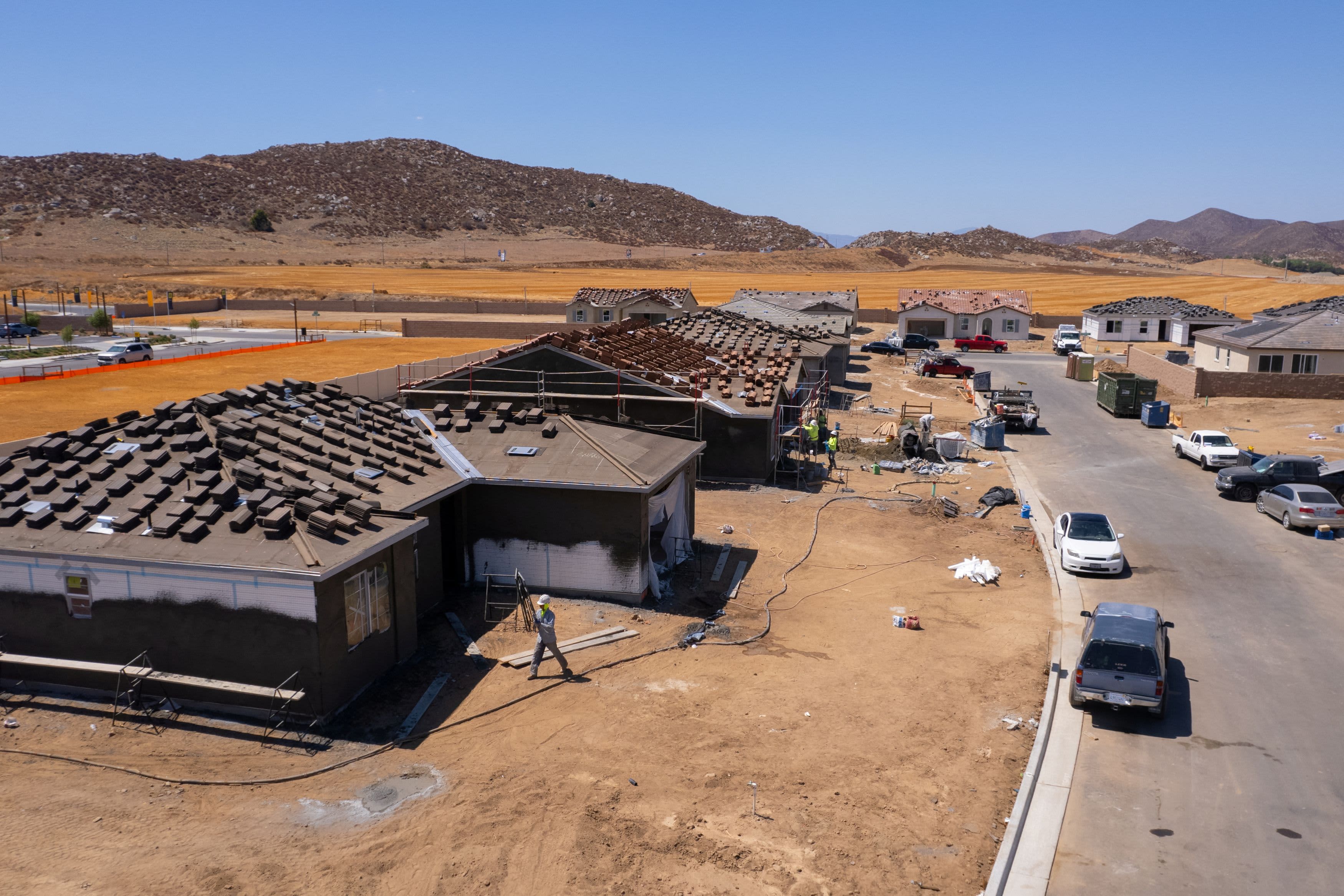Major Japanese buyers are driving a surge in homebuilder deal activity.

- Large homebuilders are in control of the U.S. housing market due to exceptionally high demand, while smaller builders are vulnerable to takeover.
- The surge in demand for housing is due to the ongoing growth of housing needs, which was sparked at the beginning of the pandemic due to low mortgage rates and new migration.
- This year, half of the deals Margaret Whelan, founder of Whelan Advisory and a prominent investment banker in the builder industry, has completed are with Japanese buyers.

Large homebuilders are in control of the U.S. housing market, while smaller builders are vulnerable to takeover. Buyers are both American and Japanese.
The single-family homebuilder industry is experiencing a record year in terms of dollar volume and deal volume, according to Margaret Whelan, founder of Whelan Advisory and a prominent investment banker in the builder space.
"Acquisitions are the most efficient way for big companies to expand their market, product offerings, and price points, as they aim to grow even bigger," she stated.
This year, there have been a total of 19 homebuilder deals. Whelan predicts that she will have four more deals close by the end of the year, and there may be more from other sources. Over the past five years, the industry average was 12 deals per year.
The surge in housing demand was caused by record low mortgage rates and sudden new migration, but the same mortgage rates also led to a historic housing shortage.
The mortgage rate lock-in effect has intensified the housing shortage as homeowners held onto their properties during the first two years of the pandemic when interest rates were low, but later stopped selling when rates rose, unwilling to trade a low mortgage rate for a higher one.
Homebuilders have seen a significant increase in their market share over the past five years, with their share of homes for sale rising from 1 in 6 to 1 in 3. This growth can be attributed to their ability to buy down mortgage rates and attract customers.
Advantages of public builders over smaller private builders have led to a rise in market share from 30% to 50% among the biggest builders in the past five years.
According to Danielle Nguyen, vice president of research with John Burns Research and Consulting, public builders have a lower cost of debt (less expensive to borrow) than private builders and generally don't need to borrow to buy a large company.
And it's not just public builders in the U.S.
This year, half of the deals Whelan has completed have been with Japanese buyers.
Whelan stated that from their perspective, they experience less growth at home compared to here, and their cost of capital is significantly lower. Due to the low cost of capital, they can afford to pay more, resulting in a highly competitive M&A process.
This year, several major builder deals were made by Japanese companies, including Sekisui House's acquisition of MDC Holdings.
According to John Burns, founder of John Burns Research and Consulting, the acquisition of MDC by Sekisui made them a top five builder, and he predicts that Sumitomo Forestry and Daiwa House will follow suit by acquiring other big builders who are struggling to gain market share and compete.
Whelan stated that the Japanese excel at optimizing the home construction process through reverse engineering building plans to eliminate waste. They typically create a 3-D model of the home before building it, which reduces waste by up to 30%. Additionally, they use factories to pre-cut all of the wood needed for the house, including trusses, frames, and wall panels.
Whelan stated that what we would like to see is the implementation of some of the efficiencies from Japan's housing market to make it more affordable and cost-effective. They have successfully done this in the U.S. auto industry.
The homebuilder M&A market is expected to remain active in the upcoming year, with deals taking time to finalize. The new Trump administration may also contribute to an increase in activity.
Donald Trump, the president-elect, has pledged to increase the amount of federal land available for home construction. Additionally, he may exert influence on state and local governments to relax zoning restrictions that have hindered growth.
Although he has promised mass deportations, which could negatively impact the builder workforce, currently, the highest costs for homebuilders are land and labor.
Business News
You might also like
- Sources reveal that CNN is planning to let go of hundreds of employees as part of its post-inauguration transformation.
- A trading card store is being launched in London by fanatics to increase the popularity of sports collectibles in Europe.
- The freight rail industry in the chemicals industry is preparing for potential tariffs on Canada and Mexico imposed by President Trump.
- Stellantis chairman outlines planned U.S. investments for Jeep, Ram to Trump.
- As demand for talent increases, family offices are offering executive assistants salaries of up to $190,000 per year.



















